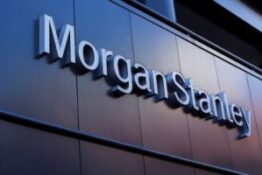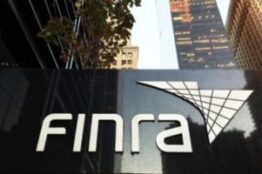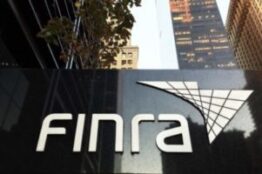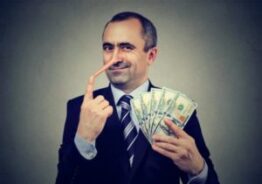
A report released today by the Stanford Law School Securities Class Action Clearinghouse in cooperation with Cornerstone Research finds the number of securities fraud class actions filed in 2005 decreased more than 17 percent compared to 2004 levels, falling from 213 filings to 176. The 2005 filing rate is nearly 10 percent below the 1996 - 2004 historic average of 195. Significantly, the study also finds that investor losses related to these lawsuits decreased dramatically in 2005. The Clearinghouse’s Disclosure Dollar Loss Index (DDL Index(TM)) measures the decline in the defendant firm’s market capitalization at the end of the class period (usually the time of the disclosure of the alleged fraud). The DDL decreased 33 percent, from $147 billion in 2004 to $99 billion in 2005.
Compared to 2001 and 2002, the DDL was off by more than 49 percent and 51 percent, respectively. “The pig may have moved through the python,” said Stanford Law School Professor Joseph Grundfest, Director of the Securities Class Action Clearinghouse and former Commissioner of the Securities and Exchange Commission.
Two Likely Factors for Decline
First, lawsuits arising from the dramatic boom and bust of U.S. equities in the late 1990s and early 2000s are now largely behind us. Second, improved governance in the wake of the Enron and WorldCom frauds may have reduced the actual incidence of fraud.
The decline in stock market volatility in 2005 may be yet another reason for the lower intensity of securities class action filings. “Our observations over the past decade indicate that lower market volatility tends to be associated with a lower number of filings,” explained Dr. John Gould, vice president of Cornerstone Research and contributor to the study.
What This Trend May Suggest
“Only time will tell whether this decline in litigation activity is transient or the start of a longer-term trend,” Grundfest added. Lawsuits filed in 2005 also tended to allege misrepresentations in financial reporting and false forward-looking statements more frequently than in the past. The percentage of filings alleging misrepresentations in financial documents increased from 78 percent in 2004 to 89 percent in 2005, and the percentage of filings alleging false forward looking statements increased from 67 percent in 2004 to 82 percent in 2005. The percentage of filings alleging GAAP violations and insider trading remained relatively stable.
“This trend suggests that the securities litigation market is now even more focused on the validity of financial results and forecasts presented in financial documents, such as SEC filings and press releases,” said Gould.As for filings by industry, the study found that the technology and communications sectors with filings down more than 32 percent from 2004 levels and 36 percent from historic averages were no longer the major driver of securities fraud litigation in 2005.
Instead, the consumer non-cyclical sector (e.g., biotechnology, commercial services, cosmetics/personal care, food, healthcare-products, healthcare-services pharmaceuticals, etc.) now gives rise to the most litigation.The report also found that the most active federal circuits in 2005, as measured by the number of issuers sued, were: the Second Circuit (New York) with 44 filings, the Ninth Circuit (California) with 38 filings, and the Third Circuit (Delaware/Pennsylvania) with 18 filings. When ranked by disclosure dollar loss, the top three circuits in 2005 were: the Second Circuit with $38 billion, the First Circuit (Massachusetts) with $17 billion and the Third Circuit with $10 billion. These data reflect a dramatic 41 percent decline from 2004 in the number of securities fraud lawsuits filed in the Ninth Circuit, a trend that it is correlated with the decline in litigation against high-technology firms that tend to be based in California.The Securities Class Action Clearinghouse is an authoritative source of data and analysis regarding the financial and economic characteristics of federal securities fraud class action litigation. The full text of the 2005 report can be found on the Clearinghouse site, http://securities.stanford.edu.
Guiliano Law Group
Our Practice is limited to the representation of investors in claims against stockbrokers and investment professionals for fraud, the sale of unsuitable investments, breach of fiduciary duty, failure to supervise. National Practice. Contingent Fee. Free Consultation. If you have suffered losses a the result of the recommendation of inverse and leveraged ETFs by your stockbroker or investment professional and were unaware of the risk associated with these securities, contact us for a free confidential evaluation at (877) SEC-ATTY.








